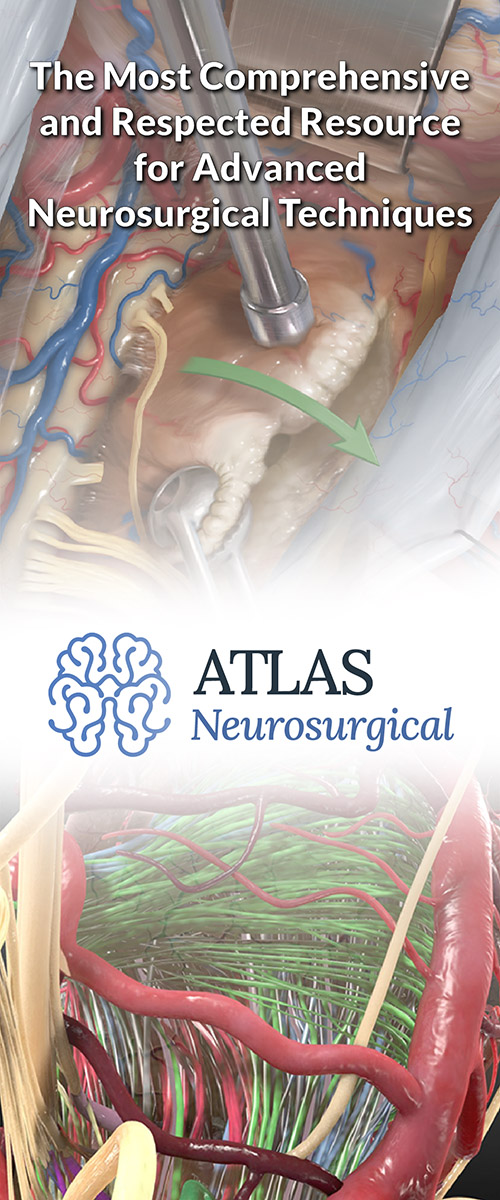Treatment of Pilocytic Astrocytoma
Pilocytic astrocytoma (PA) is a low-grade brain tumor classified as a World Health Organization (WHO) Grade I neoplasm. Its slow growth and generally benign nature mean that most patients have an excellent prognosis with proper treatment.
Treatment for PA is personalized, taking into account the tumor’s size, location, symptoms, and the patient’s overall health. Surgery is the cornerstone of care, with the goal of removing as much of the tumor as safely possible.
Additional treatments, like radiation or chemotherapy, are considered in specific cases, such as when the tumor cannot be fully removed. This tailored approach helps ensure the best possible outcome for each patient.
This blog is designed to provide clear and helpful information about pilocytic astrocytoma (PA), including its treatment options and what to expect during care. We’ll guide you through the key aspects of PA, from understanding the tumor’s nature to exploring personalized treatment approaches like surgery and beyond. Our goal is to empower patients and families with knowledge to navigate their journey with confidence.
Surgery
Surgery is the main treatment for pilocytic astrocytoma (PA) and can often completely cure the condition, especially when the entire tumor is removed. The goal of surgery is to remove as much of the tumor as possible while protecting surrounding brain tissue and preserving important functions like movement, speech, and vision.
- Complete Removal: If the entire tumor can be removed, as shown in follow-up scans, the chances of long-term control and avoiding recurrence are very high. The ability to fully remove the tumor depends on its location and how close it is to critical brain areas.
- Partial Removal: When complete removal isn’t safe due to the risk of affecting important brain functions, a partial removal is done. This reduces the size of the tumor, relieves symptoms like pressure in the brain, and can make additional treatments like radiation or chemotherapy more effective if needed.
- Advanced Surgical Tools: Surgeons use advanced techniques like neuro-navigation (a GPS for the brain) and intraoperative monitoring to safely remove as much of the tumor as possible. In some cases, intraoperative MRI is used during surgery to check the progress and ensure the best outcome.
Additional Treatments for Pilocytic Astrocytoma
In some cases, additional therapies like radiation and chemotherapy are used to manage pilocytic astrocytoma (PA). These treatments are typically considered when the tumor cannot be completely removed, comes back after surgery, or begins to grow.
Why should you have your surgery with Dr. Cohen?
Dr. Cohen
- 7,000+ specialized surgeries performed by your chosen surgeon
- More personalized care
- Extensive experience = higher success rate and quicker recovery times
Major Health Centers
- No control over choosing the surgeon caring for you
- One-size-fits-all care
- Less specialization
For more reasons, please click here.
Radiation Therapy
Traditional radiation therapy can help shrink or control residual or recurring tumors. However, because radiation may have long-term side effects, especially in children, it’s used carefully.
Advanced techniques like stereotactic radiosurgery (SRS) or fractionated stereotactic radiotherapy (FSRT) may be considered for smaller tumors or when precise targeting is needed.
Chemotherapy
Chemotherapy is often used for progressive or recurring PAs, particularly in young children to delay or avoid radiation therapy. Common drugs, like carboplatin and vincristine, have shown success in treating these tumors.
Newer targeted therapies, such as MEK inhibitors, are being studied in clinical trials to treat tumors with specific genetic changes, like the BRAF mutation, offering hope for more precise and effective treatments.
These additional therapies play an important role in managing difficult cases while minimizing risks and preserving quality of life.
Management of Associated Conditions
Treating pilocytic astrocytoma (PA) also involves addressing any complications or related conditions, such as fluid buildup in the brain (hydrocephalus) or hormonal imbalances caused by the tumor.
- Hydrocephalus: If the tumor blocks the flow of cerebrospinal fluid (CSF), it can lead to hydrocephalus, causing increased pressure in the brain. To relieve this, doctors may recommend a procedure like placing a ventriculoperitoneal (VP) shunt to divert the fluid or performing an endoscopic third ventriculostomy (ETV), which creates a new pathway for fluid to flow.
- Hormonal Imbalances: Tumors near the hypothalamus or pituitary gland can disrupt hormone production, leading to issues like growth problems or other endocrine disorders. These imbalances can often be managed with hormone replacement therapy to restore normal function.
Managing these complications is an important part of ensuring patients feel better and can recover more effectively.
Follow-up and Surveillance
Regular follow-up with clinical assessments and MRI scans is crucial for monitoring for tumor recurrence or progression. The frequency of surveillance imaging is determined by the extent of resection, the tumor's behavior, and the presence of any residual disease.
Supportive Care
Supportive care is an integral part of the treatment plan for patients with PA. This may include:
- Rehabilitation Services: Physical therapy, occupational therapy, and speech therapy can help patients recover and adapt to any deficits resulting from the tumor, or its treatment.
- Psychosocial Support: Counseling, support groups, and educational services can assist patients and their families in coping with the diagnosis and the effects of treatment.
- Palliative Care: For patients with progressive or recurrent disease that is not amenable to curative treatment, palliative care focuses on symptom management and quality of life.
Emerging Therapies
Research into the molecular biology of PA has led to the identification of potential therapeutic targets. Clinical trials are ongoing to evaluate new medications, such as BRAF inhibitors, in treating PAs with specific genetic alterations.
More information about clinical trials can be found here.
Key Takeaways
- The treatment of pilocytic astrocytoma is primarily surgical, with the aim of achieving gross total resection.
- Adjuvant therapies, like chemotherapy and radiation therapy, are considered in cases of incomplete resection, recurrence, or progression.
- The management of PA is multidisciplinary, involving neurosurgeons, oncologists, radiologists, endocrinologists, and rehabilitation specialists.
- Regular follow-up is essential for monitoring the patient's status and detecting any changes in the tumor's behavior.
- With advances in surgical techniques, imaging, and molecular genetics, the outlook for patients is generally favorable.




